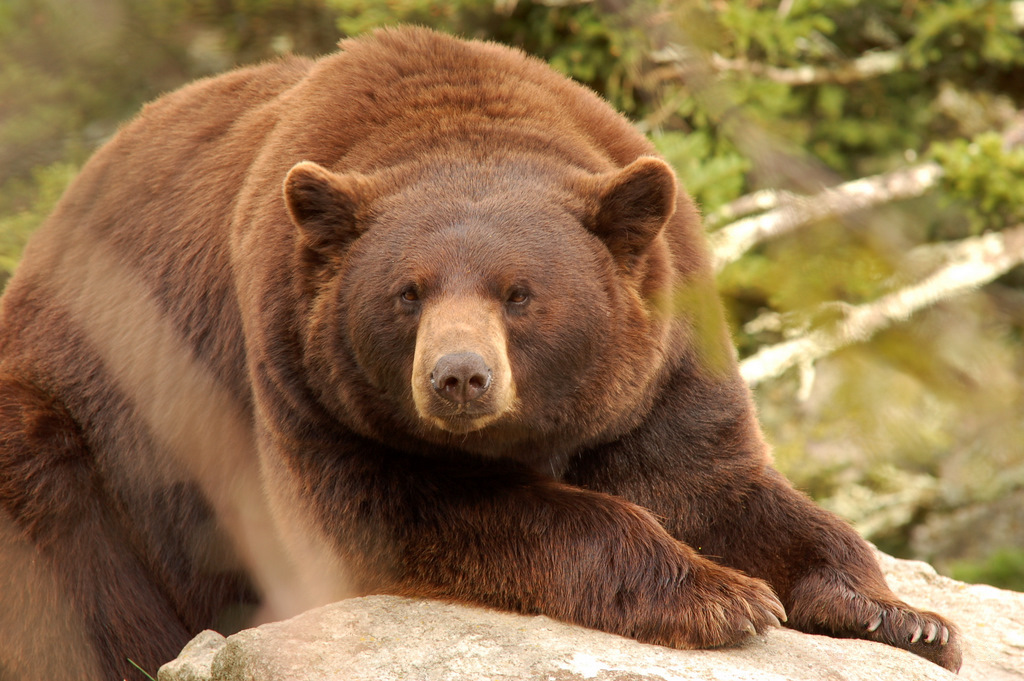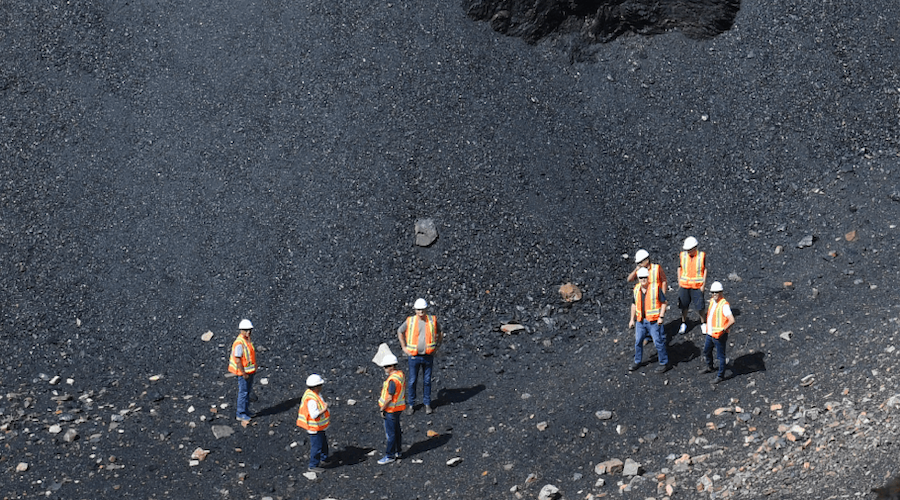The bugs that boost leaching
Naturally occurring ‘bugs’ such as bacteria and archaea may hold the key to a technology that can turn low grade deposits into economic projects – the search continues for the right bug for specific process challenges.
Bacteria, those microscopic organisms, are among the unlikely heroes for researchers and mining companies working to establish economic methods to access difficult to extract or low value ores.
Biohydrometallurgy (or biomining) uses certain microorganisms to recover precious and base metals from mineral ores, concentrates and waste materials, by helping to process target minerals or elements.
Natural microorganisms catalyse chemical reactions, which lead to the dissolution of metals from minerals. This process has been used in commercial operations to extract copper, nickel, cobalt, vanadium, zinc and uranium from complex ores.
Copper has been the most common base metal extracted with bioleaching and according to some estimates, bioleached copper represents up to 15% of the world’s copper production.
Bio-oxidation has also been used to treat sulphide containing gold ores before leaching of the gold using chemical reagents. This has environmental advantages of reducing the consumption of hazardous chemical leaching reagents such as cyanide.
Bio-oxidation can also produce more stable waste products, which reduces the risk to the environment as a result of the mining process.
Biohydrometallurgy has the potential to transform uneconomic reserves into viable ventures due to the low cost of allowing microorganisms to do the work. It can be attractive for low grade ores that are too expensive to mine using conventional processes or that contain impurities that foul conventional processing equipment.
The most common method of biohydrometallurgy in Australia is the oxidation of refractory gold minerals in tanks.
Another method – known as heap bioleaching – involves constructing a small hill and using microorganisms to extract the target metals.
The heap is aerated from the bottom to keep the bugs alive, and acid containing the bugs trickles from the top, percolating through the air spaces, and the target material is extracted in leachate.
The listed Australian-based nickel sulphide explorer and producer, Western Areas, took over the BioHeap® business developed by Pacific Ore (Australia) Pty Ltd in 2009.
BioHeap® is an internationally patented bacterial leaching technology that uses proprietary microbial cultures to leach or ‘liberate’ valuable metals from sulphide ores, and provides amenability, column and pilot testing services for other miners.
The company says that nickel, copper, cobalt, zinc and refractory gold ores are all suited to BioHeap® processing.
The bugs, which come from land and sea, are grown and maintained in a ‘soup’ mixture at the company’s Perth laboratory.
Craig Fitzmaurice, Group Metallurgy Manager of Western Areas, said: “BioHeap® uses a range of microorganisms that were originally sourced from nature but have been adapted over time using proprietary methods.”
“The BioHeap® process has been shown to operate at temperatures ranging from 15°C to 95°C. The mixed BioHeap® cultures contain a range of microbes that together can span this wide temperature range.”
Biomining could also be used in conjunction with in-situ leaching. For example, biological recovery agents could be generated in bioreactors placed on top of or near the target deposit to prepare the required solutions for in-situ recovery.
CSIRO researchers look for microorganisms that can tolerate a range of conditions (including heat, elevated concentrations of chloride, sulphate and metals) in leaching processes. The researchers have found bioleaching microbes in mine sites and acid sulphate soils in the West Australian wheatbelt.
These salt-tolerant microorganisms have been used to develop bioleaching cultures that could be used for biomining operations where fresh water is scarce or where the leach liquors are salty.
CSIRO has collaborated with several mining companies in Australia and overseas in base metal and precious metal spheres for developing and optimising biohydrometallurgical processes.
Dr Anna Kaksonen, who is Research Team Leader of Bioprocess Technologies and Environmental Engineering at CSIRO, lists examples of potential new uses of biomining as:
- bioleaching of oxide ores
- bioleaching of rare earth elements from low grade ores
- biological recovery of metals from waste materials and
- separation of minerals through bioflotation.
In the latter case, microorganisms or their extracellular material can change the surface chemistry of the minerals, enabling their selective separation.
Microbes may also be able to remove unwanted or penalty elements from ore. For example, microorganisms can be used for removing phosphorus from iron ore.
Dr Kaksonen’s team has also developed bioprocesses that can remove contaminants from hydrometallurgical solutions and effluents.
Biohydrometallurgy has already been applied to a range of sulphide minerals and refractory gold ores containing pyrite, pyrrhotite and arsenopyrite, according to Dr Kaksonen. It could also be used for recovering metals from waste materials such as slags from smelters, converter sludges and electronic waste.
“Biohydrometallurgy has already been conducted in heaps/dumps and reactors at commercial scale,” she said.
“Future developments could lead to its large scale application in vats and in situ-type environments.”
MEDIA CONTACT
Keirissa Lawson
e: Keirissa.Lawson@csiro.au | t: 02 4960 6286
More News
{{ commodity.name }}
{{ post.title }}
{{ post.date }}



Comments